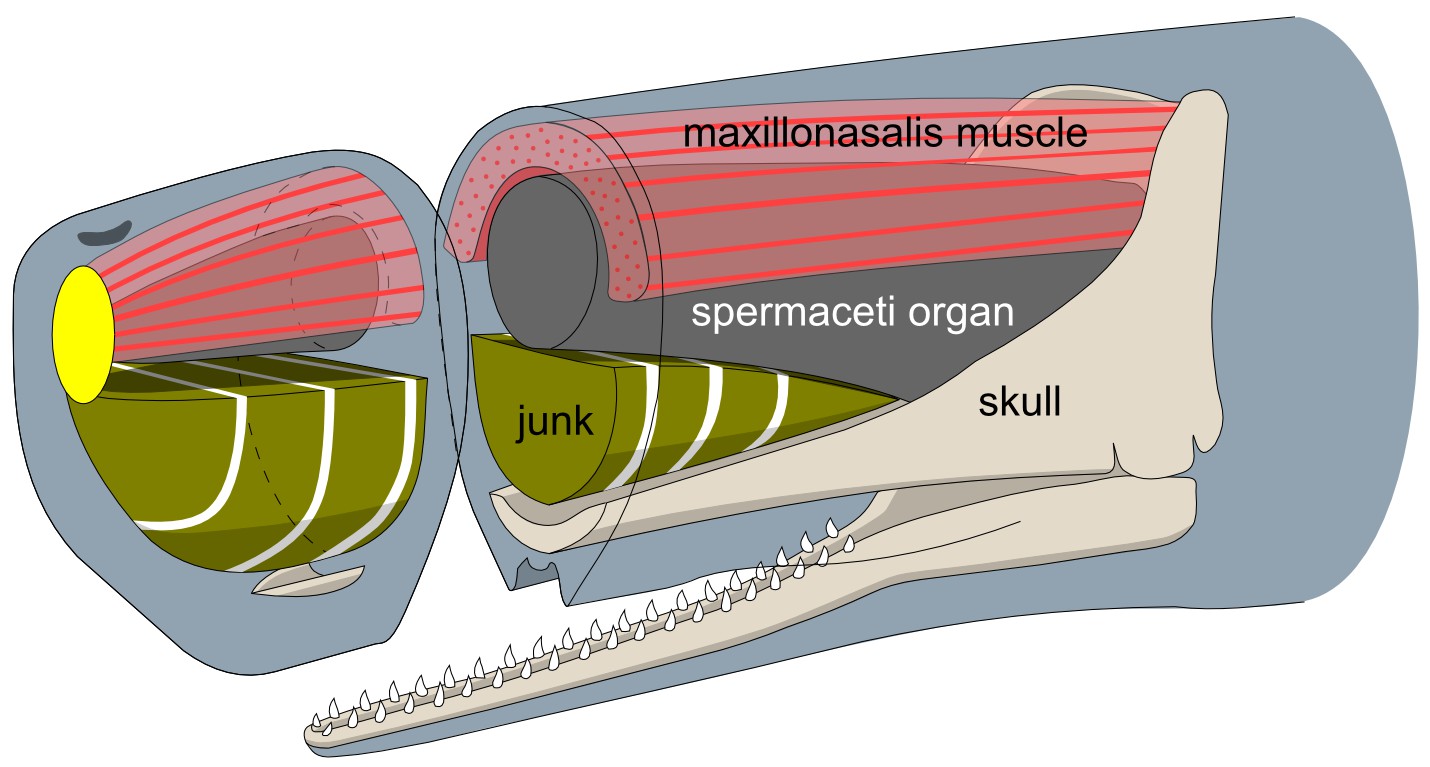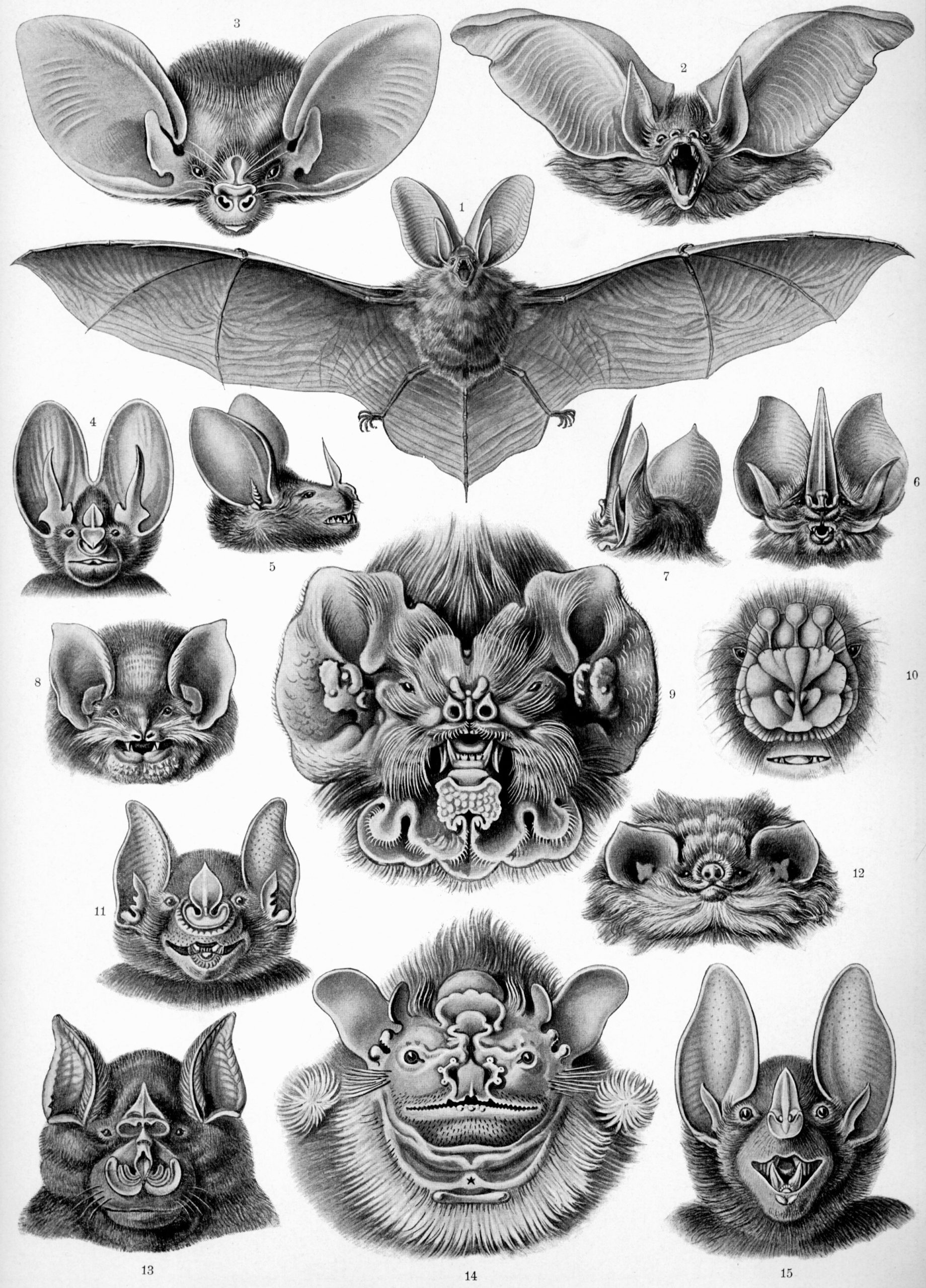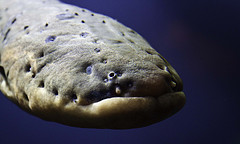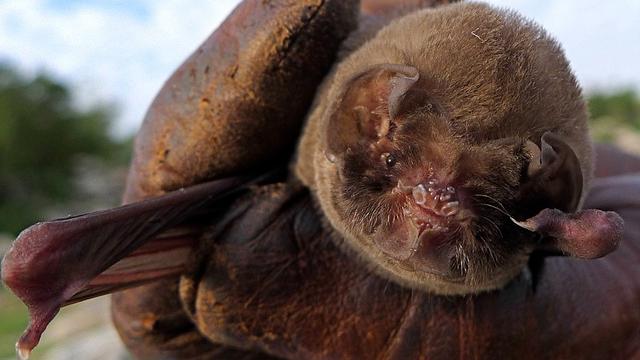Life has been evolving on Earth for approximately 3.5 billion years. And in that time, to quote Jurassic Park‘s chaos theorist Ian Malcolm, “Life, uh… finds a way.” Life has found ways to flourish in an incredible number of habitats, and this has led to some almost unbelievable adaptations.
Ghost faced bat photo by Jennifer Krauel.
In order to survive as a species, plants and animals have to successfully acquire all of the resources needed to not only live, but reproduce. Unfortunately, these needs bring everyone into conflict. Organisms have a few ways of coping with this conflict: they can evolve strategies that let them take advantage of many different types of habitats and resources (think omnivorous animals, like humans, pigs, and rats) or they can become highly specialised, using only habitats and resources nobody else wants or can eat (think koalas subsisting only on toxic eucalyptus leaves). This set of habitat and resource requirements defines a species niche, and some of these niches require incredible adaptations.
Diving Deep
The deep ocean presents a unique set of challenges. It is extremely dark, extremely cold, under intense pressure, and relatively low in available food. Lots of animals have evolved to live full-time in this environment, but only a handful of air-breathing surface animals have adaptations that allow them to make extended visits. Take, for example, the sperm whale. It is a deep sea specialist, diving for up to 90 minutes and depths of 2,250 meters in search of prey. To reach these depths, where pressure is about 1,406kg per square inch, these whales have evolved collapsible rib-cages, blood with high levels of hemoglobin (which holds oxygen) control of their metabolic activity, which reduce risks of decompression sickness (interestingly, whale skeletons do show signs of decompression sickness, meaning whales could theoretically die of the bends).

But perhaps the most impressive feature, unique to this species, is the spermaceti organ. Filled with a waxy substance, the entire function of this organ is unknown. It may help the whale alter buoyancy while diving, since the density of the waxy substance changes as it hardens and softens. Scientists do know that the organ lets the whale intensify the strength of its echolocation clicks, allowing it to produce the loudest biological sound on earth, with clicks of about 230 decibels (for reference, a jet taking off 25 meters away clocks in at about 150 decibels, which will rupture your eardrums). With this powerful click and the spermaceti organ, whales can detect a foot-long specimen of their favourite food (squid) about a mile away. Bonus: the squid can’t detect this click at all, even when inches from the whale!
Hunting in the Dark

Living the nightlife has its advantages. There tend to be fewer animals competing, and it is easier to hide from visual predators. But life is a bit of an arms race, and there are lots of species that have adapted to being dark-specialists. One of the most bizarre is the ghost faced bat (number 9 in the above poster of horrors, which, incidentally, is in the funniest genus ever: mormoops. Say it out loud. MORMOOPS!). Bats, like sperm whales, often use echolocation to find their insect prey in the dark. Collecting the reflections of their ultrasonic pulses has resulted in some pretty extreme facial adaptations, but the ghost faced bat really takes the cake. With huge ears and a tiny face, evolution has essentially turn its head into a giant radar dish. It has a sunken nose that has evolved a series of wrinkles and flaps to channel sound towards the ears, and teeny-tiny eyes that almost appear to be inside the ears. Perhaps the ugliest bat at the bat ball.
Stunning with Electricity

Almost everyone has heard of electric eels, but they aren’t the only fish that use electricity to their advantage. A number of fish can both generate electric fields, and detect them. Some fish are only weak generators of electricity, using a small pulse to detect obstacles and manoeuvre in the dark (one such fish, the ghost knife, is available for your home aquarium!). Others, like the northern stargazer and electric eel, are strongly electric, generating pulses strong enough to stun and paralyse prey. Interestingly, the ability to generate electricity has evolved independently about a half-dozen times, usually in fish living in murky environments. This skill allows ambush predators like the electric eel and stargazer to thrive. Scientists have recently discovered that, although the six groups of electric fishes evolved their ability independently, they use the same genetic mechanisms to turn ordinary muscle cells in to electricity generating stun-rays.
Poison Body Paint

Poison isn’t all that rare in the animal kingdom. Lots of insects and reptiles manufacture their own poison, while some birds and amphibians eat toxic insects that in turn make their flesh and feathers poisonous. This second type of poison, called “venom by acquisition” usually leads to showy feathers or colours to let predators know that potential prey items are toxic (like the pithoui bird, or poison dart frogs). Mammals exhibiting this behaviour number exactly one: the African crested rat. In 2011, scientists “proved” what native Kenyan’s had long known…that rat is poison. This weird rodent seeks out a tree typically used by people to manufacture poison for arrows (a poison noted for its ability to kill elephants). It chews up the leaves and bark of the tree, and smears this mixture onto specialised spongy, spike-tipped hairs that absorb the poison. When confronted by predators, the rat flares these spikes, creating a black and white crest advertising its poison. Predators that bite or mouth the rat get a mouth full of poison and die. Well played, rat.
Frozen like Han Solo in Carbonite
Freezing and then reviving living tissue is a notoriously tricky process. People have been trying to cryogenically preserve their bodies (and heads!) for quite a while, and the process is fraught with risk. Crystals of ice wreak havoc on soft biological cells, leaving them punctured, deflated and dead upon thaw. But the northern wood frog has found a way around this problem. Most animals actively avoid full-body freezing, because it makes them dead. But the wood frog just crawls under a crispy blanket of leaves in the fall, and freezes completely solid to wait out the winter. The frogs manage this through the magic of nucleating proteins in their blood, which cause the blood to freeze first, drawing most of the water out of the cells, preventing them from being punctured by ice crystals.

The frogs them pump their now dehydrated cells full of glucose (a sugar), keeping them from collapsing and becoming totally dehydrated. Most other animals lack these special proteins, and when our cells freeze, they become completely dehydrated and die, leading to frostbite. This adaptation allows the frogs to be some of the first amphibians active in warm conditions, allowing them to get a jump on the competition.
The power of adaptation and evolution to allow life to survive and thrive in the craziest of conditions is incredible. Every time we say “Nope, no way anything could live here” we are proven wrong. After all, it wasn’t until 1977 that people discovered hydrothermal vents teeming with life in conditions long considered “inhospitable”. New and incredible species are discovered ever year, demonstrating the power of life to amaze again and again.
